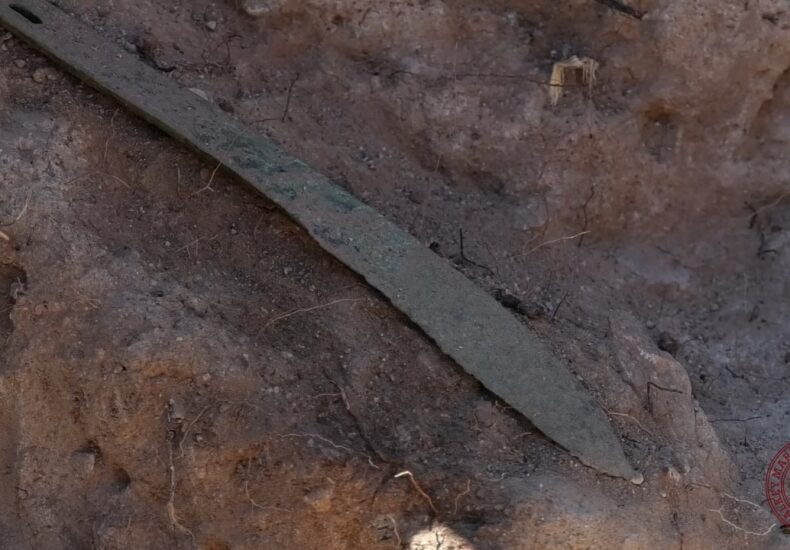
2,700-Year-Old Bronze Knives Discovered in Kazakhstan Shed Light on Early Saka Culture
A team of archaeologists and students from Margulan University has made a groundbreaking discovery in Kazakhstan’s Pavlodar region: two rare bronze knives estimated to be over 2,700 years old. Found at the newly uncovered Toraygyr-7 burial site near the scenic Lake Toraygyr in Bayanaul National Park, the knives offer a unique glimpse into the advanced metallurgy and culture of the early Saka people.
Rare Iron Age Artifacts Found at Toraygyr-7
The discovery was made during a recent excavation project in the Bayanaul district, an area known for its rich archaeological potential. The bronze knives, cast using local materials, are believed to date back to the early Iron Age and showcase the craftsmanship of the nomadic societies that once thrived on the Eurasian steppe.
According to Elena Tusheva, chief curator of Margulan University’s archaeological collection, the blades reflect sophisticated metalworking skills. “The style and technique suggest early Iron Age origins, proving that this region had already developed advanced metallurgical technologies and cultural connections,” she explained.
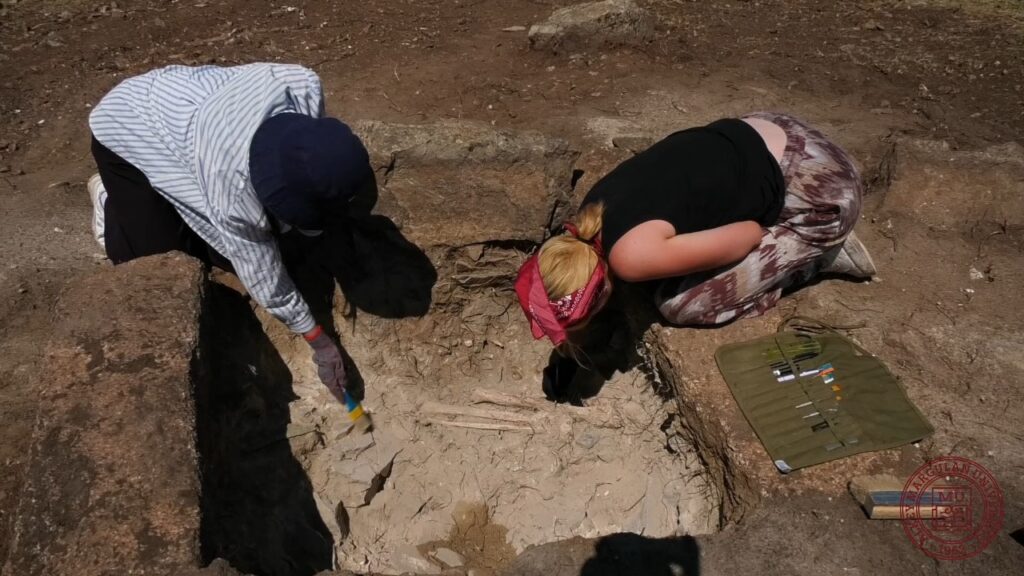
Connection to the Tasmola Culture
The site also revealed human remains from the Tasmola culture, a nomadic civilization that flourished in Central Kazakhstan between the 7th and 3rd centuries BCE. These people are renowned for their “mustached kurgans”—stone burial mounds with astronomical alignments.
📣 Our WhatsApp channel is now LIVE! Stay up-to-date with the latest news and updates, just click here to follow us on WhatsApp and never miss a thing!!
Student Angelina Grishchenko, who participated in the excavation, noted that the well-preserved skeletal remains allowed for detailed analysis of gender, age, and physical features. Even more remarkably, archaeologists uncovered a deeper burial layer from the Andronovo culture, suggesting a long-standing cultural continuity from the Bronze to Iron Age.
Who Were the Saka and Tasmola Peoples?
The Saka were Iranian-speaking nomads who dominated Central Asia during the early Iron Age. Known for their skilled horsemanship, warrior elite, and rich burial traditions, they played a crucial role in shaping the region’s early history. One of Kazakhstan’s most iconic archaeological finds—the “Golden Man”—is linked to this powerful group.
Closely associated with the Saka, the Tasmola culture is unique to Kazakhstan and stands out for its complex funerary architecture, stone markers, and celestial burial designs. The findings at Toraygyr-7 help fill critical gaps in the understanding of how these early nomadic cultures evolved and interacted across centuries.
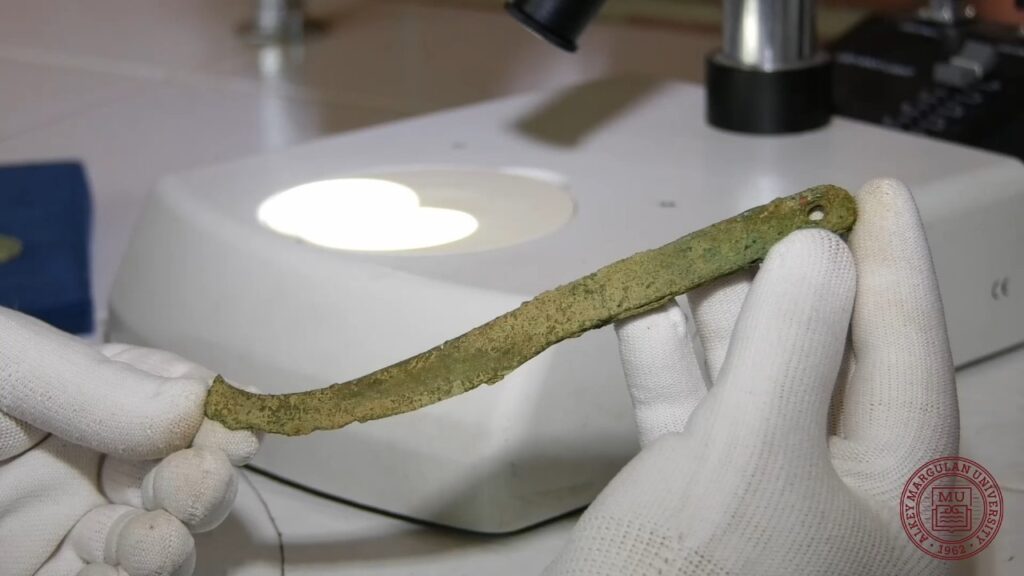
Preserving Kazakhstan’s Ancient Heritage
Margulan University has been actively conducting archaeological research in the Bayanaul region for more than a decade, continuing the legacy of prominent scholars like Alkey Margulan and M. Kadyrbayev. These efforts not only protect Kazakhstan’s ancient sites but also promote a deeper appreciation of the country’s Iron Age legacy.
A New Hub for Archaeology and Cultural Tourism
The discovery of the bronze knives and burial remains marks a significant milestone in Kazakh archaeology. Beyond its academic value, it reinforces Kazakhstan’s potential as a major destination for archaeological research, cultural tourism, and historical exploration.
Cover Image Credit: Margulan University
You may also like
- A 1700-year-old statue of Pan unearthed during the excavations at Polyeuktos in İstanbul
- The granary was found in the ancient city of Sebaste, founded by the first Roman emperor Augustus
- Donalar Kale Kapı Rock Tomb or Donalar Rock Tomb
- Theater emerges as works continue in ancient city of Perinthos
- Urartian King Argishti’s bronze shield revealed the name of an unknown country
- The religious center of Lycia, the ancient city of Letoon
- Who were the Luwians?
- A new study brings a fresh perspective on the Anatolian origin of the Indo-European languages
- Perhaps the oldest thermal treatment center in the world, which has been in continuous use for 2000 years -Basilica Therma Roman Bath or King’s Daughter-
- The largest synagogue of the ancient world, located in the ancient city of Sardis, is being restored

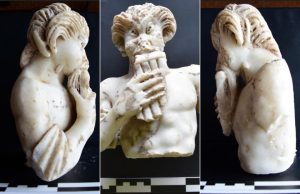
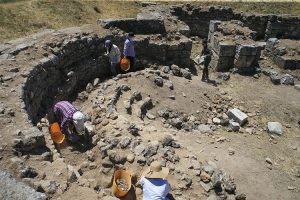
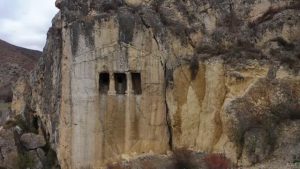
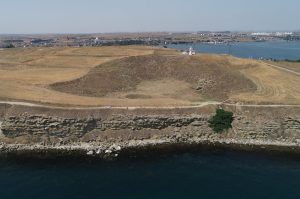
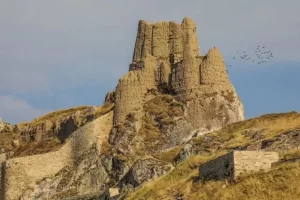
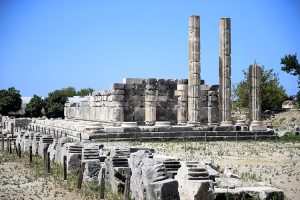
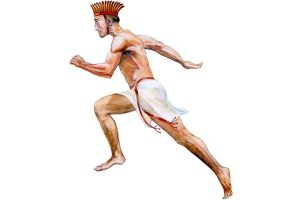

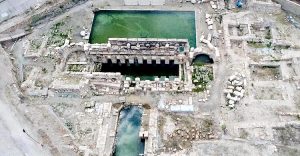
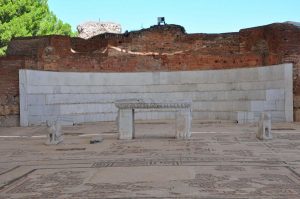
Leave a Reply